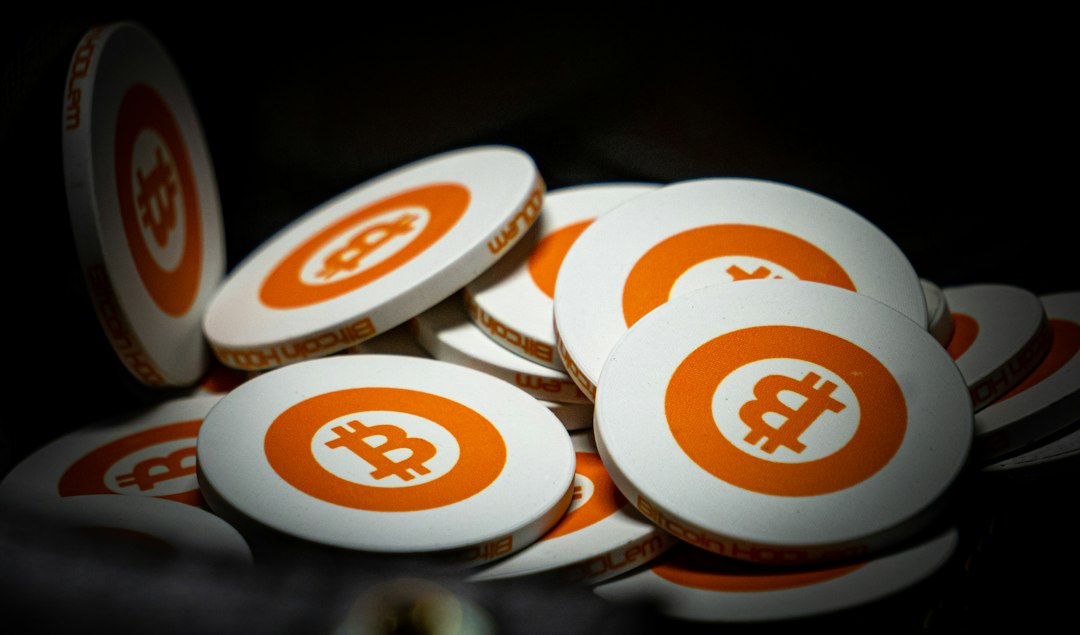Understanding the Concept of Reserve Coin: A Complete Guide
Cryptocurrencies have taken the financial world by storm in recent years. From Bitcoin to Ethereum, these digital currencies have revolutionized the way we think about money. One of the latest innovations in this field is the concept of reserve coins. In this article, we will explore what reserve coins are, how they work, and why they are gaining momentum in the crypto community.
So, what exactly is a reserve coin? Simply put, it is a type of digital currency that is backed by a reserve of another asset, such as a fiat currency or a commodity. This reserve serves as a guarantee, providing stability and value to the reserve coin.
Now, let’s dive deeper into how reserve coins work. Imagine you have a reserve coin called ResCoin. Unlike most cryptocurrencies, ResCoin is not solely based on speculation or market demand. It has an underlying reserve of, say, US dollars. For every ResCoin in circulation, there is a corresponding amount of US dollars held in a reserve account.
This reserve mechanism ensures that ResCoin holds its value and remains stable. It shields the coin from excessive price volatility and reduces the risks associated with unbacked cryptocurrencies. So, no matter how the market fluctuates, the value of ResCoin will remain tied to the reserve asset, providing a sense of security to its holders.
Now, you might wonder how the reserve is managed and maintained. Typically, reserve coins have a decentralized governance structure. This means that decisions relating to the reserve, such as adjusting the reserve ratio or adding new assets to the reserve, are made collectively by the community of token holders. This democratic approach ensures transparency and fairness in managing the reserve.
One of the key advantages of reserve coins is their ability to bridge the gap between traditional finance and the digital world. By being backed by real-world assets, they instill confidence in investors who might be wary of purely speculative cryptocurrencies. Reserve coins provide a stable and reliable medium of exchange, making them suitable for everyday transactions. This makes them ideal for adoption in countries with volatile currencies or financial systems.
Furthermore, reserve coins eliminate the need for intermediaries in financial transactions. Traditional banking systems often involve multiple intermediaries, each charging fees and taking their share. With reserve coins, you can transfer value directly to anyone, anywhere in the world, instantly and with minimal fees. This decentralization of finance empowers individuals and reduces dependence on centralized institutions.
Now that you understand the basics of reserve coins, you might be curious about their potential applications. Reserve coins can be used in various ways, such as remittances, international trade, and even as an alternative to traditional banking. With their stability and low transaction costs, reserve coins have the potential to revolutionize cross-border payments and make them more accessible to everyone.
In summary, reserve coins provide stability and security in the volatile world of cryptocurrencies. They are backed by real-world assets, ensuring their value remains tied to the reserve asset. These coins bridge the gap between traditional finance and the digital world, making them an attractive option for both investors and everyday users.
Closing FAQs:
Q: How can I invest in reserve coins?
A: To invest in reserve coins, you can start by researching different projects and their underlying reserves. Look for reputable projects with strong governance structures and transparent reserves. Once you have identified a promising project, you can purchase the reserve coin on a cryptocurrency exchange.
Q: Are reserve coins subject to market fluctuations?
A: While reserve coins are designed to be more stable than unbacked cryptocurrencies, they can still be influenced by market forces. Factors such as supply and demand, market sentiment, and economic conditions can impact the value of reserve coins. However, the underlying reserve provides a certain degree of protection against extreme price volatility.
Q: Can reserve coins be used for everyday transactions?
A: Yes, reserve coins are designed to be practical for everyday use. They enable fast and low-cost transactions, making them suitable for various applications, from remittances to cross-border trade. As more merchants and businesses start accepting reserve coins, their usability and adoption will continue to grow.
In conclusion, reserve coins offer a unique and promising alternative to traditional cryptocurrencies. By being backed by reserves, they provide stability and value, making them more attractive to investors and everyday users alike. With their potential to revolutionize finance and empower individuals, reserve coins are certainly worth keeping an eye on in the ever-evolving world of cryptocurrencies.
Edulia Coinfield’s journey from a curious technology enthusiast to a highly regarded crypto educator and analyst is a testament to her passion for knowledge-sharing and the immense potential of blockchain technology. Her contributions to the industry and dedication to empowering others have solidified her position as a prominent woman figure in the world of cryptocurrencies.

